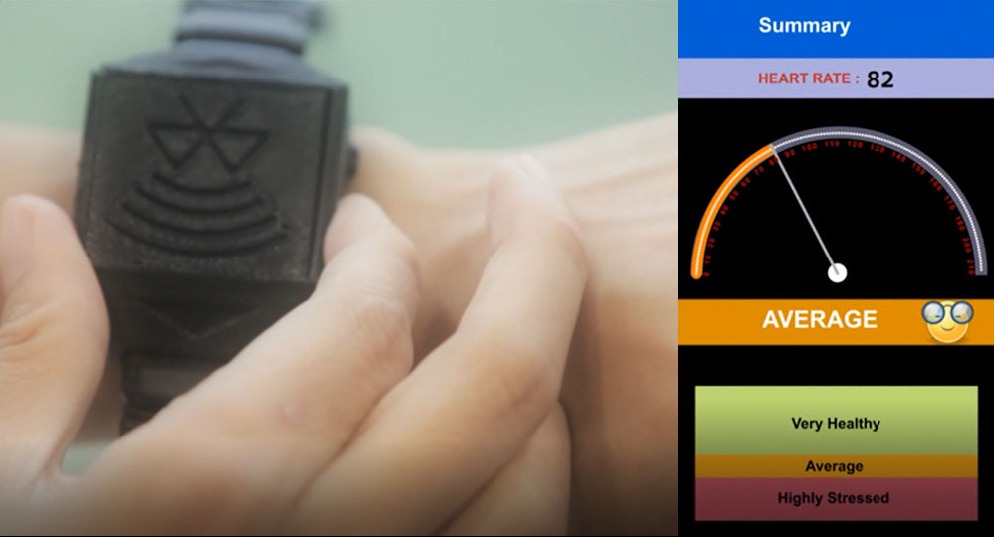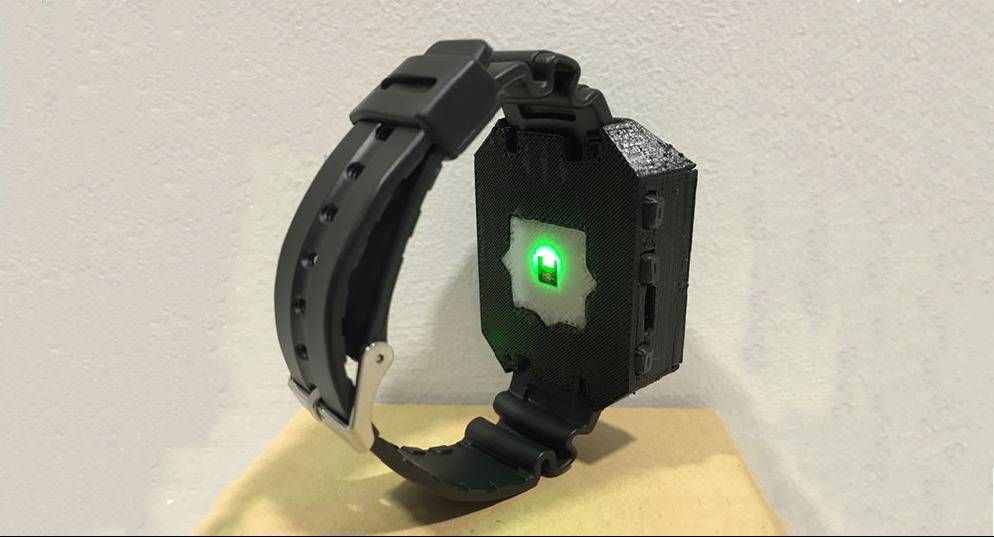Real Time, All-day, Stress Monitoring System Using Data Science
KEY INFORMATION
Infocomm - Wireless Technology
TECHNOLOGY OVERVIEW
There are 30,000 occupational drivers in Singapore, out of which 13,500 are 45 years old and above. The risk of acquiring cardiovascular disease increases with age and is potentially exacerbated by low physical activity and high emotional stress levels, which are two typical characteristics of occupational drivers arising from their work environment. Low level of physical activity and high stress levels have been shown to have significant relationship with heart rate variability, one of the indicators of cardiovascular disease.
This technology is developed to help drivers to monitor their stress level, provide them with instantaneous feedback and the necessary alerts for a timely intervention.
This technology offer presents a cross-platform AI system that estimates the stress levels continuously in real time, and can be easily integrated with commercially available photoplethysmography (PPG) wearables, e.g., a PPG wristwatch. In addition, this technology can be adapted for the monitoring of workplace stress with the aim of improving overall mental well-being.
TECHNOLOGY FEATURES & SPECIFICATIONS
The current practice of using electrocardiogram (ECG) to measure the electrical activities of the heart is mainly found in the clinical settings and not easily accessible by the general population due to high costs. The need for an accurate placement of ECG electrodes does not allow the continuous monitoring of the heart condition in a non-clinical setting. It is not easy for individuals to continuously monitor their stress levels at the workplace in daily life, especially for drivers.
This technology offer enables continuous, real-time monitoring and is not limited to clinical settings. It is cost-effective without the need to purchase medical grade ECG devices. The solution can be easily customised and adapted to existing and future PPG wearables. It is portable and feasible for all-day monitoring of stress levels and heart conditions in diverse workplace environments. Essentially, it is an algorithm that extracts proprietary features to predict stress levels, with an unique approach, from heart beat signals customised to a given context in the workplace. This facilitates the creation of contextualised stress profiles for specified workplace situations ranging from physical combat conditions to air-conditioned office sedentary conditions.
The technology owner is interested to out-license this technology offer.
POTENTIAL APPLICATIONS
Potential application areas are:
- Public or private hospitals, clinics, community care centers.
- Individual drivers and any workers who might be exposed to workplace related stress.
- Sports sectors including sports training, research and competition.
- Medical devices, equipment suppliers and manufacturers.
Potential products:
- Existing or future wearables with PPG, e.g., wristwatch, headset, t-shirt, etc.
Unique Value Proposition
- Hardware and platform independent, easy to be incorporated into existing and future wearables.
- Portable and feasible for 24/7 stress monitoring.
- Affordable and cost-saving without the need to purchase medical grade ECG devices
- Real-time monitoring and timely feedback customised for users




